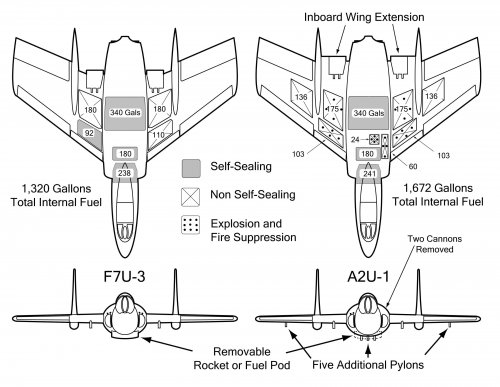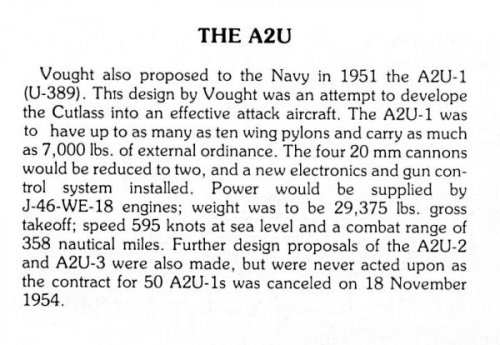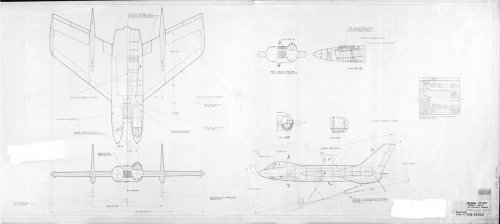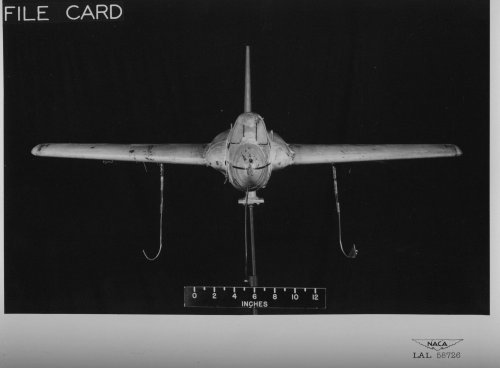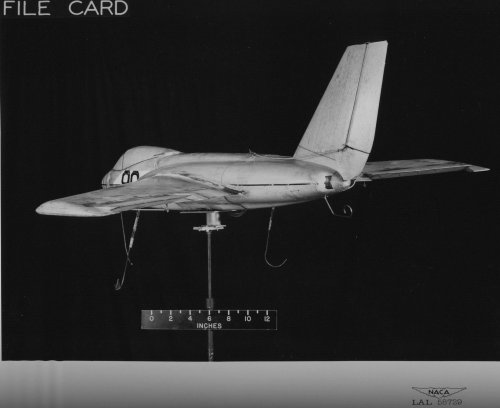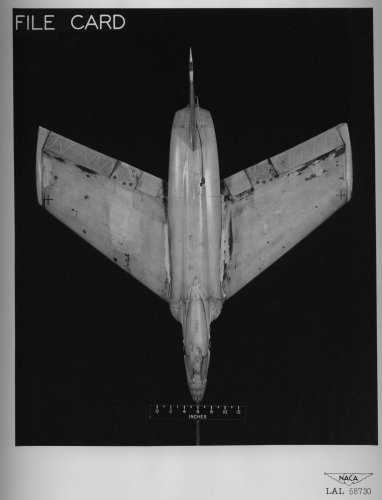Jos Heyman
ACCESS: Top Secret
- Joined
- 15 February 2007
- Messages
- 597
- Reaction score
- 68
I understand that the first Vought A2U-1 (the attack version of the F7U Cutlass) was almost complete when it was cancelled on 18 November 1954.
Does anybody know what happened to the airframe (and any others that there may have been). Was it just scrapped or was it use for a F7U Cutlass, and, if so, which one?
Does anybody know what happened to the airframe (and any others that there may have been). Was it just scrapped or was it use for a F7U Cutlass, and, if so, which one?

